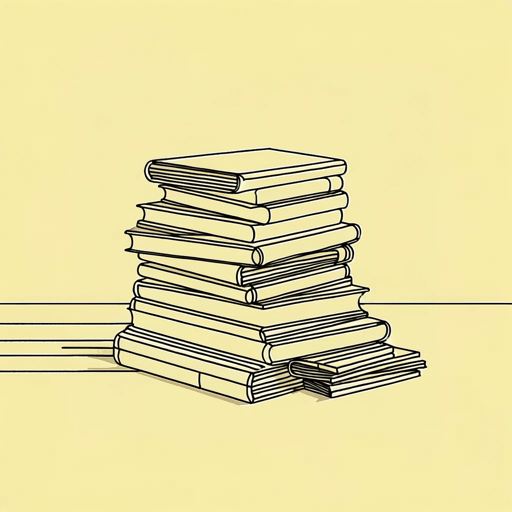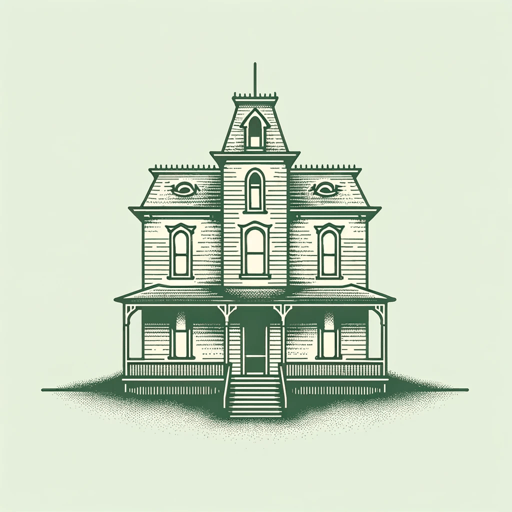64 pages • 2 hours read
Helen OyeyemiBoy, Snow, Bird
Fiction | Novel | Adult | Published in 2013A modern alternative to SparkNotes and CliffsNotes, SuperSummary offers high-quality Study Guides with detailed chapter summaries and analysis of major themes, characters, and more.
Summary and Study Guide
Overview
Boy, Snow, Bird is a novel about race in mid-20th-century America. The novel’s central protagonist is Boy Novak, though the book employs two participant narrators: Boy, in Part I; Boy’s daughter, Bird, in Part II; then Boy once more, in Part III. The novel takes place almost entirely in Flax Hill, Massachusetts, except for the first chapter; however, it jumps in time, with the first portion set in the 1950s, while the latter portion is set in the late 1960s.
Boy Novak is an average girl living with her abusive father, Frank Novak, on the Lower East Side of Manhattan. Her father, a rat catcher, is violent and unpredictable, and Boy realizes that if she remains, she will either kill her father or herself. When the opportunity presents itself, she sneaks out of the house and catches a bus as far as she can, which turns out to be Flax Hill, a town populated in large part by creatives and craftsmen. When she arrives, she takes up residence at a boarding house for single women. She goes on dates and takes up odd jobs, seemingly more interested in figuring out a way to feel at home in Flax Hill than anything else. She eventually marries Arturo Whitman, a former history professor and local jewelry maker who is from Flax Hill. Arturo is a widower with a young daughter, Snow; while everyone adores Snow, something feels off about her to Boy. Boy gets pregnant, but when she gives birth, her daughter, Bird, is dark-skinned, and she realizes that the Whitmans are AfricanAmericans passing as white. After Bird is born, she grows increasingly suspicious of Snow. Boy is pressured by Arturo’s mother to send Bird away to live with Arturo’s dark-skinned sister, Clara. Boy eventually asks Clara to take Snow, instead.
Part II is narrated by a thirteen-year-old Bird Whitman. Bird knows nothing about her sister other than her existence and that she sometimes receives presents from her that aren’t quite right. She also knows that she sometimes doesn’t appear in mirrors, but she is unsure why. As an aspiring journalist, she decides to investigate herself in order to get all the facts down. Bird is an apathetic student who frequently must stay late to complete her homework in detention. Her best friend and boyfriend is Louis Chen. Louis is the target of racist graffiti one day at school; at first, he tries to let it go, but when it becomes the topic of conversation at school, he decides he has to fight the person who did it. Bird goes with him, but at the last minute, her grandmother, Olivia, shows up to take them both home. That night she discovers a stack of letters from Snow to her mother; she reads through all of them and finds that the most recent letter is actually addressed to her. She keeps that letter and writes back to Snow, beginning a lengthy correspondence between the two sisters. Her mother is wary but asks her only to try to remain objective in her assessment of Snow. Through her letters, Snow tells Bird much more about their family history, including from the perspective of those who did not and are not passing. At the end of the correspondence, she tells Bird that, for the first time, she, Clara, and John will be coming to Thanksgiving in Flax Hill. During the fall, Frank Novak shows up to meet his granddaughter; he is surprised and upset to learn that she is black, although he doesn’t explicitly state this to Bird; instead, he takes her to a diner, in order to try to tell her about her mother. Arturo finds them and sends Frank away; however, Bird has taken notes at the diner, which she sends to Mia. Snow arrives early, a few days before Thanksgiving. Snow and Bird spend the day talking to one another while people stop by to pay their respects to Snow; when they go to the kitchen to find something to eat, Bird is amazed to find that the kitchen is completely filled with gifts for Snow, and equally amazed that Snow seems to find this utterly unremarkable.
Part III shifts back to Boy as narrator. It is Thanksgiving, and everyone is tense. The family fights about its treatment of one another, about race, and particularly about the ethics of passing; however, they manage to maintain a kind of uneasy peace by the end of it. While cleaning up, Snow and Boy reconcile the way Boy believes children do—by Snow hitting Boy in the face, giving her a black eye. After Boy tells Mia about Frank’s visit, Mia reveals that she’s been investigating Boy’s absent mother for a story she’s working on. Her investigation has revealed that Frank is actually her mother; Boy is the product of her mother Frances’s rape, following which she began living as a man. Boy wrestles with this knowledge, attempting to find something motherly or feminine in her father. She eventually concludes that Frances wants to return, so she, Mia, and her two daughters leave for New York.
Related Titles
By Helen Oyeyemi





